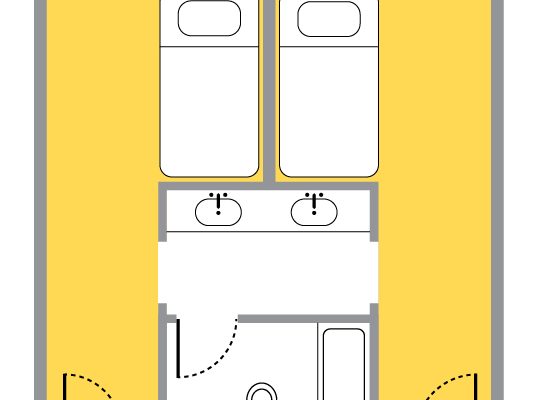With the increasing number of international students in academic institutions, there is a new emphasis for academic facilities to accommodate this population’s needs. Many international students face cultural, financial, social and academic challenges. It takes time to adjust to a new environment, navigate a new city, and find a home. Loneliness,
disorientation and detachment are common. While many academic institutions struggle to provide the right facilities and programs, the “International Houses” have been thriving and providing meaningful experiences with high retention and academic success outcomes. What are the architectural, spatial relationships, cultural and residential
life programs offered at “International Houses” that make them a successful model? Can the model be replicated in academic institutions looking to improve their program offerings and enhance the experience of international students? To answer these questions, a series of “International Houses” and Residence Halls within academic
institutions were toured; Residential Life administrators were interviewed; and conference housing sessions were attended – all supported by firsthand experience designing student housing. The study dissects the organizational framework of spaces, including critical programs and adjacencies, the importance of cultural competency, and how
to support student success across scales of communities. The study reveals that indeed the “International House” model could be adopted by academic institutions to enhance the international student experience and increase social, academic success and a life-time sense of community belonging.
This article originally appeared in Vol 11.01 of the Perkins&Will Research Journal. CLICK HERE to see the whole article.

